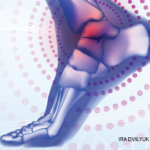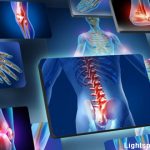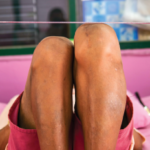The high prevalence and significant burden of osteoarthritis (OA) are well known. But it’s becoming apparent that OA research efforts don’t necessarily match disease prevalence or disability. The International Foot and Ankle Osteoarthritis Consortium (IFOAC) is an international organization of volunteers that seeks to highlight a major and often overlooked problem in OA research—foot and…






